
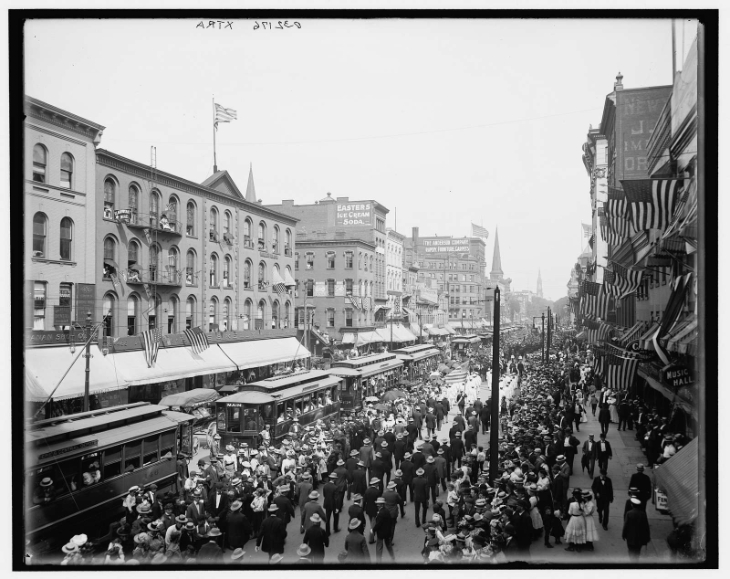 Labor Day parade in New York/Source
Labor Day parade in New York/Source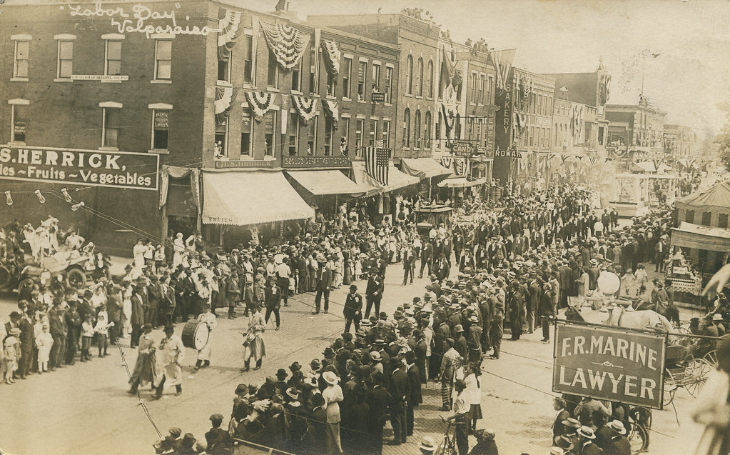 1914 parade in Indiana/Source
1914 parade in Indiana/SourceLabor unions first started appearing at that time- people knew they were stronger together as a community. They began organizing strikes and rallies to protest poor work conditions and evoke a renegotiation on working hours and pay. A turning point in American history occurred when 10,000 workers united in 1882 to form what we now call the first Labor Day parade. They all took an unpaid day off work to march from City Hall to Union Square in New York City, where they held a peaceful assembly.
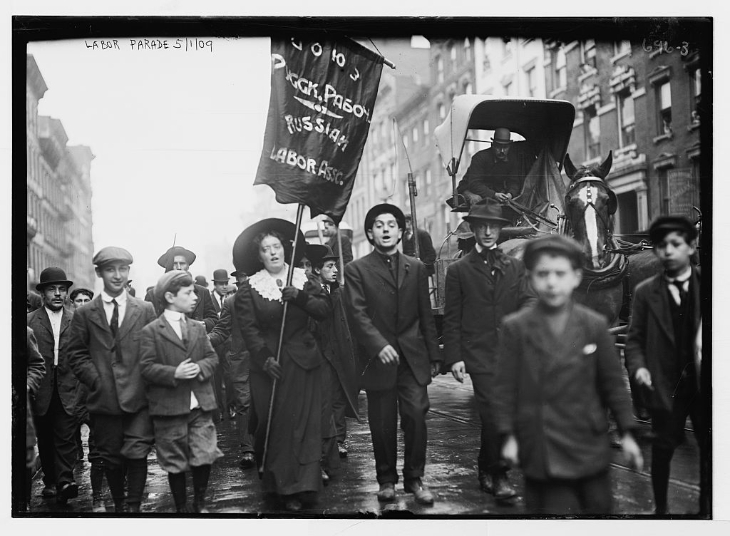 Russian Labor Association marching/Source
Russian Labor Association marching/Source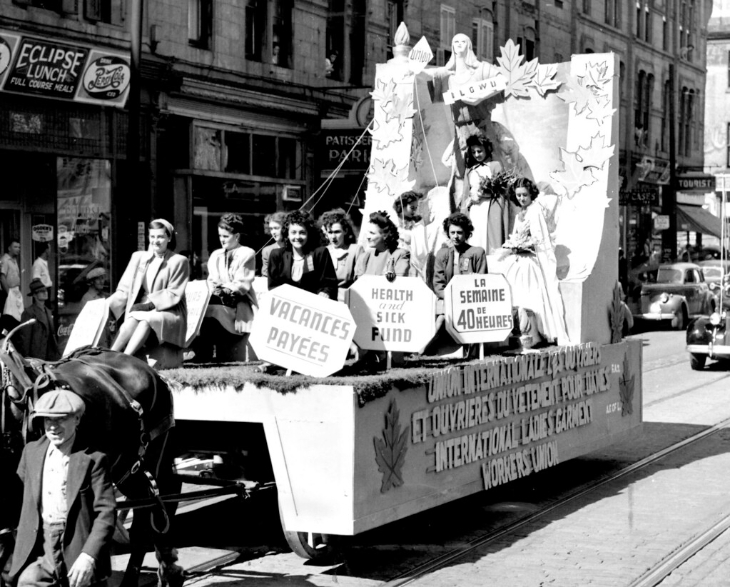 Labor Day parade car in Montreal/Source
Labor Day parade car in Montreal/Source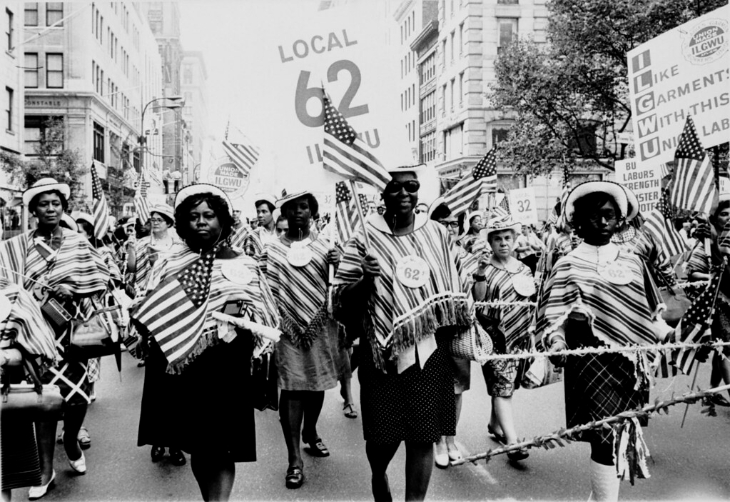 Members of the International Ladies' Garment Workers' Union marching/Source
Members of the International Ladies' Garment Workers' Union marching/Source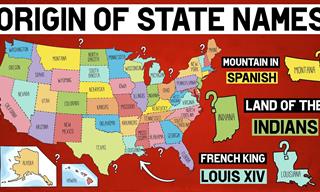 22:17
22:17
There Are Surprising Stories Behind Every US State’s Name
Learn the fascinating history behind the origin of each US state's name.

This 10-Minute Read Will Make You a Bourbon Expert
Are you unsure of the difference between whiskey, bourbon, and scotch? We are here to clarify.
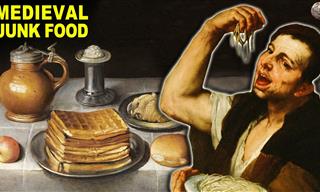 10:08
10:08
Junk Food is Far From Being a Modern Thing
Today, fast food is delish, even if not so healthy, to say the least. But in Medieval times, it could almost kill you.
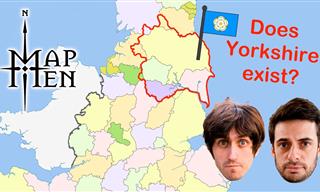 10:19
10:19
The Curious History of Counties in England
British counties have a long and complicated history. But this video explains it all in just 10 minutes, and with a bit of humor.
 18:14
18:14
Are These Vintage Kitchen Gadgets Any Good?
Will any of the vintage kitchen gadgets stand the test of time or outperform their contemporary alternatives?

When GH Says F: Why Does This Occur?
We're meeting up on the corner of history and linguistics to learn why GH is pronounced as F.

Listen to 7 of History's Most Famous Speeches
This article brings you the words of 7 of the most famous and impassioned speeches in history.

10 Amazing Facts You Didn't Know About Christmas
With Christmas just a few days away, get to know these fun and interesting facts about the festival to get into the holiday spirit.

10 Richest People From History You Should Know About
A look at 10 of the richest people that lived in history. From emperor Mansa Musa to Muammar Gaddafi, it presents the insane sums these people had.
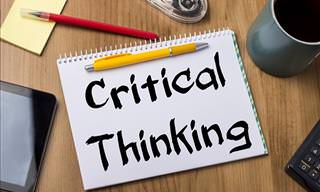
Improve Your Critical Thinking Skills with These Great Tips
If you want to improve your critical thinking skills then you should take a look at these fantastic tips.

17 Inventive Wedding Invitations No One Would Say No To
Some wedding invitations are pretty bland, but not these genius creations. Here are 17 invitations that no one would ever turn down.
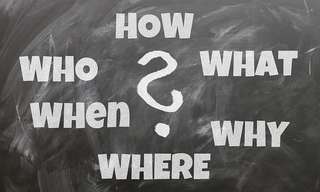
17 Fascinating Facts That You Probably Didn't Know
17 tidbits of information that you probably didn't know and will probably surprise you.
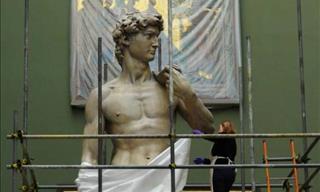
These Jaw-Dropping Photos Reveal the TRUE Scale of Things
When you see just how the size of a person compares to these massive natural wonders and human creations, you'll be utterly surprised!

Why is South Korea Experiencing a Population Crisis?
What are the reasons behind South Korea's population problem, the worst in the world.
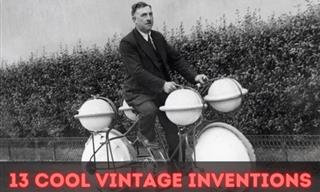
13 Quirky Vintage Inventions That Should Be Brought Back
Check out these cool and quirky vintage inventions that could be useful to many of us today!
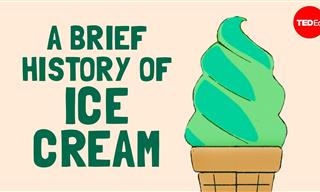 4:55
4:55
Flashback: Unfreezing Ice Cream's Delicious Origins
Did you know that even ancient civilizations had ice cream?
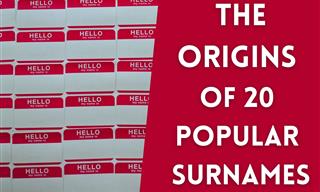
Can You Guess the Meaning of These 20 Common Surnames?
We kind of take surnames for granted, as they are just passed down to us. But every name has an origin and meaning, and some might surprise you.
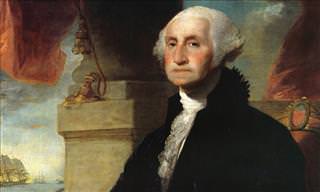
8 Facts You Learned at School that Are No Longer True!
The passage of time leads things that were once accepted as facts to actually be proven as incorrect. Here are 8 supposed facts that aren’t really true.

Don’t Say These Words Abroad, You Might Be Misunderstood
These 15 words are all similar to English ones, but they mean something completely different in other languages

23 Extraordinary Vision Facts That'll Open Your Eyes Wide
The eye is an amazing body part, but did you know how amazing? These 23 facts will open your eyes to the extraordinary truth.

10 Words that Mean the Opposite of What They Used to Mean
These meaning of words we know today used to have an opposite meaning when they were first used.

This Family Moved to the Arctic Circle to Live in a Dome
This Norwegian family is incredibly bold - its members chose to move to the Arctic Circle to live there permanently. Their home is also sustainable. Take a look
 5:39
5:39
How to Approach an Unfamiliar Dog Safely
Just as there are courtesy rules to meeting a person for the first time, there are also right and wrong ways to approach an unfamiliar dog.
 9:16
9:16
This Documentary Explains How the Earth Came Into Being
Ever wondered how the planet that we call home came into being? Well, this informative documentary will clear all that up for you! Take a look!

These Gigantic Comparisons Will Blow Your Mind!
From The Titanic to the world's largest radio telescope, each and every one of these comparisons will surprise you when seen from a different perspective.

Don't Tell Anyone! These Secrets Are Only Known by 2 People
These secrets are so highly guarded that only two people in the world know about them.

I Just Wanted to Let You Know: I'm Thinking of You
Are you thinking of someone right now? If so, send them a greeting card to let them know.

10 Food Products You Should Never Freeze
Take note of this list of food products that should be kept far away from the freezer.

7 Odd Moments in History That Sound Too Surreal Today
Learn about some truly unusual and bizarre events from history that would have probably broken the Internet if they happened today.

14 Nostalgic Pics to Take You Back to the Good Ol’ Days
These photos will instantly trigger your nostalgia.

2024 is Here! And This is Why You Should Be Excited for It
2024 is here! And this is why you should be excited for it.
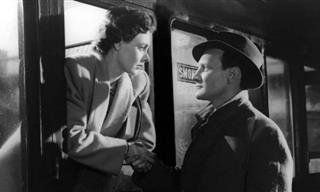
Forgotten Gems: 10 Classic Films You Missed
These underrated classics need your attention.
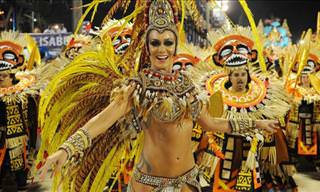
Each Of These 35 Places Represents a Worldly High or Low
When it comes to records, these countries and cities stand at the top (and bottom) of the tree.

These Inventions Changed the World Beyond All Recognition
Some inventions meant that the world changed beyond all recognition. In this interactive video post, you'll see nine of the greatest.

10 Surprising Facts About the Food in Your Kitchen
Did you know that ordinary foods like carrots, jelly beans, sandwiches, and broccoli have a fascinating story to tell?
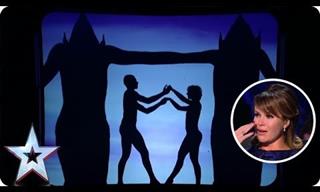 3:48
3:48
This Magical Shadow Dance Show Will Leave You in Tears
The most beautiful shadow dance performance.

8 Books That Predicted the Future With Strange Accuracy
It always feels eerie when the future is predicted correctly and it turns out literature is full of such accurate forecasts. These 8 novels were particularly spot on.
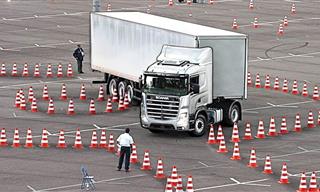 12:45
12:45
Kings on Wheels: 15 Incredible Drivers Show Their Stuff!
You will be amazed at the maneuvering skills of these talented drivers.

18 Amazing Facts About Very Well-Known Brands
There are some really interesting and amazing facts about some of the world's most well-known brands, and you're about to learn 18 of them right now!
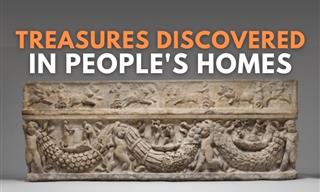
6 Treasures Owners Unwittingly Used As Household Goods
Sometimes, a prized treasure is hiding right under the noses of unsuspecting citizens. Some precious antiques are even being put to good use as household items.
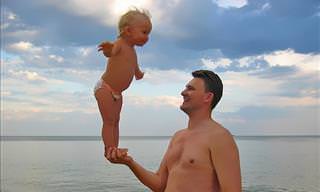
24 Photos of Love & Kindness to Inspire Us All
These amazing photographs are just what you need to remind you about the most important things in life, kindness and love.
 4:58
4:58
The 3 Teenage Girls Who Outsmarted the Germans in WWII
Truus and Freddie Oversteegen, and Hannie Schaft used their looks to lure and execute Nazi-supporters in the Netherlands during WWII. This is their story.

Astonishing! These WWII Soldiers Survived Against the Odds
These World War II soldiers all suffered terrible ordeals, but they managed to survive against all odds. Here are 6 incredible survival stories from World War II.

These 11 Quotes Don’t Belong to Those You Think They Do
Surprising quotations that were completely miscredited. Some have commonalities with the supposed authors, while others are completely off...

4 Of the Strangest Unsolved Mysteries of All Time
Despite investigators' best efforts, these strange mysteries have remained unsolved...

Real-Life Superheroes: Their Stories Will Amaze You
These real-life superheroes deserve recognition!
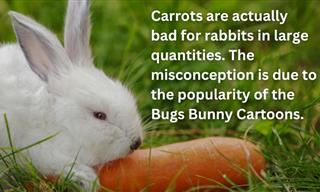
18 Unlikely But True Facts That Will Get You Thinking
The saying truth is stranger than fiction is all too true when you read these incredible facts. #2 had me grabbing for my calculator.
To enable your Ad-Free Subscription, please fill the fields below
Your subscription was successful, now you can enjoy an ad-free experience!!
Note: To make sure you get no ads, please make sure to log in to your account. If you are logged in already, then refresh the page. The subscription can be cancelled at any time.


